Are you considering installing a bathroom fan but unsure about how to vent it? One possible solution is to vent it through a gable vent, but is this a viable option? We conducted thorough research on this matter, and here's what we have discovered.
You can vent a bathroom fan through a gable vent, but there are some factors to consider before doing so:
- Size of the gable vent
- Distance between the bathroom and the gable vent
- Type of duct
- Local building codes
In this article, we'll explore the factors mentioned above in detail. We'll provide you with the necessary information, whether you're a DIY enthusiast or a homeowner upgrading your ventilation system. So keep reading.
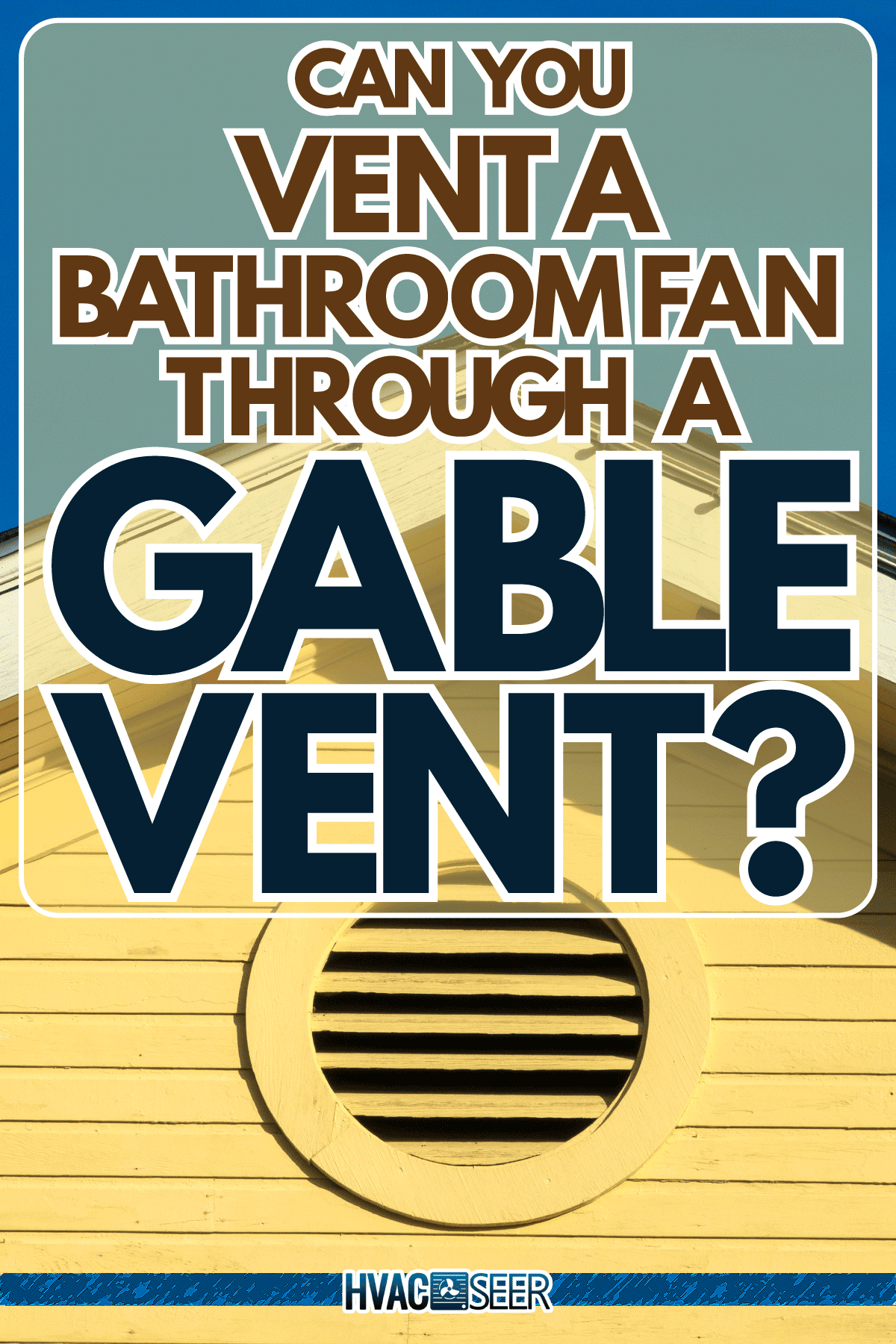
Can You Vent A Bathroom Fan Through A Gable Vent?
Bathroom fans are essential for maintaining good air quality and preventing moisture buildup in your home. One of the most common ways to vent a bathroom fan is to exhaust it through a roof vent.
However, if your bathroom is located on the side of your home where a gable vent is present, you may wonder if it's possible to vent the fan through the gable vent instead.
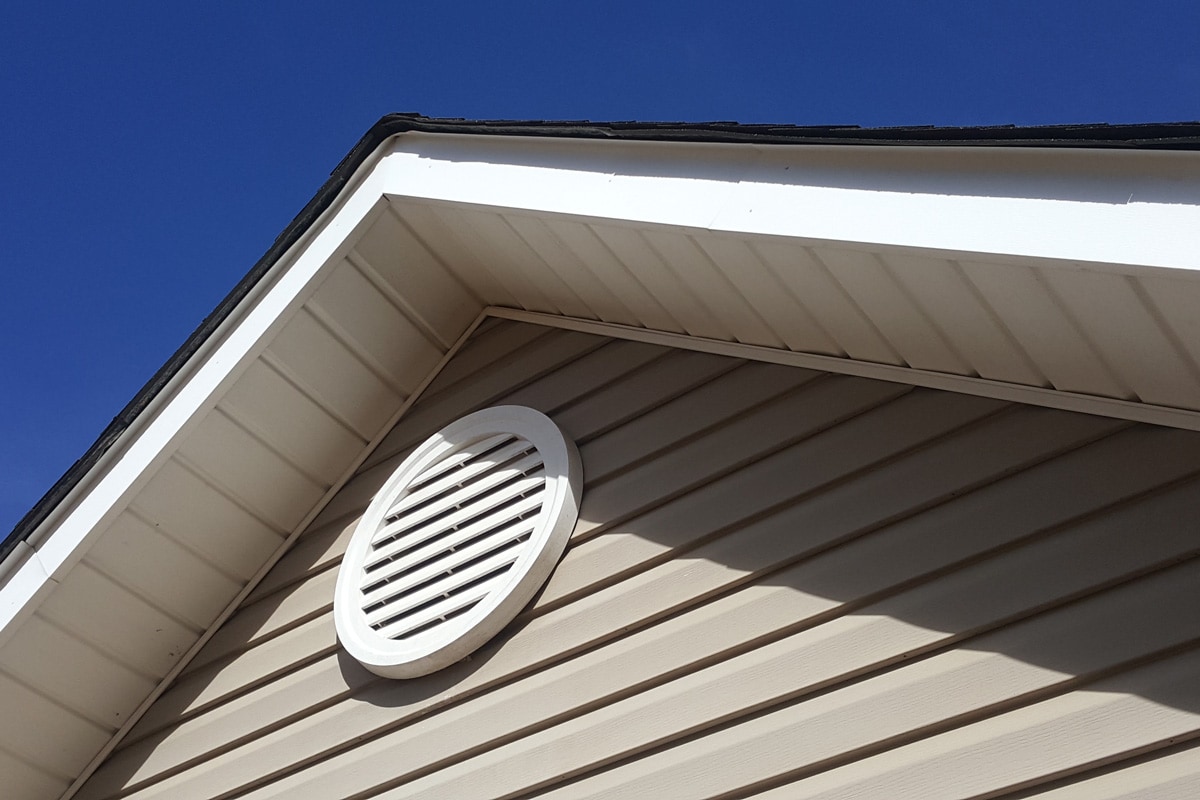
A gable vent is a vent that is installed in the gable (triangular) portion of the roof. It is designed to allow air to circulate through the attic, helping to regulate the temperature and prevent moisture buildup.
Depending on the gable vent's location and your home's layout, it may be possible to vent your bathroom fan through it. Here are some things to consider when deciding whether to vent your bathroom fan through a gable vent:
Size Of The Gable Vent
The size of the gable vent should be large enough to accommodate the amount of air that the bathroom fan will be exhausting. A fan that is too powerful for the size of the vent can cause the vent to become overloaded, leading to decreased efficiency and potential damage to the fan.
Distance Between The Bathroom And The Gable Vent
The distance between the bathroom and the gable vent can also impact the fan's efficiency. If the space is too great, the air may not be able to flow freely through the duct, causing the fan to work harder and potentially leading to damage.
Type Of Duct
The type of duct you use can also impact the fan's efficiency. Flexible ducts are easy to install and can bend around obstacles, but they are also more prone to kinks and can accumulate dust and debris over time.
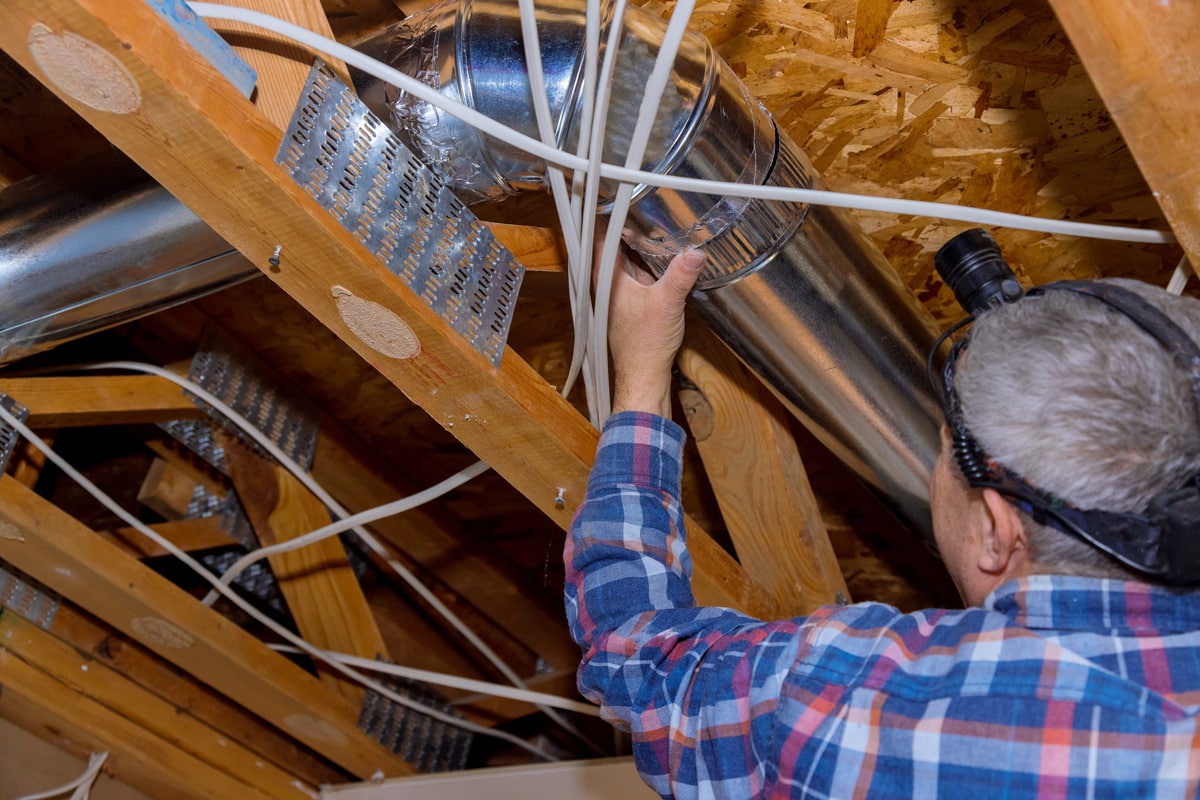
Rigid ducts are more durable and easier to clean but are also more challenging to install and may only be suitable for some applications.
Local Building Codes
Before installing a bathroom fan and venting it through a gable vent, it's essential to check with your local building codes. Some codes may require specific venting configurations or prohibit venting through gable vents altogether.
How Do You Install A Bathroom Fan To Vent Through A Gable Vent?
If you decide to vent your bathroom fan through a gable vent, there are a few essential steps you'll need to take to ensure that the process is done correctly and effectively:
1. Choose The Location Of The Gable Vent
You can start by finding out the best location for the gable vent. Ideally, it should be on the opposite side of the bathroom from the bathroom fan to promote maximum airflow.
You'll need to measure the distance from the bathroom fan to the gable vent to ensure the vent duct is long enough to reach the vent.
2. Measure The Size Of The Gable Vent
You can measure the size of the gable vent to make sure you purchase a bathroom fan that fits the vent opening. Most gable vents are rectangular or square, and the size is typically measured in inches.
3. Choose The Right Bathroom Fan
Select a bathroom fan with a CFM (cubic feet per minute) rating appropriate for the size of your bathroom. CFM measures the amount of air the fan can move in a minute.
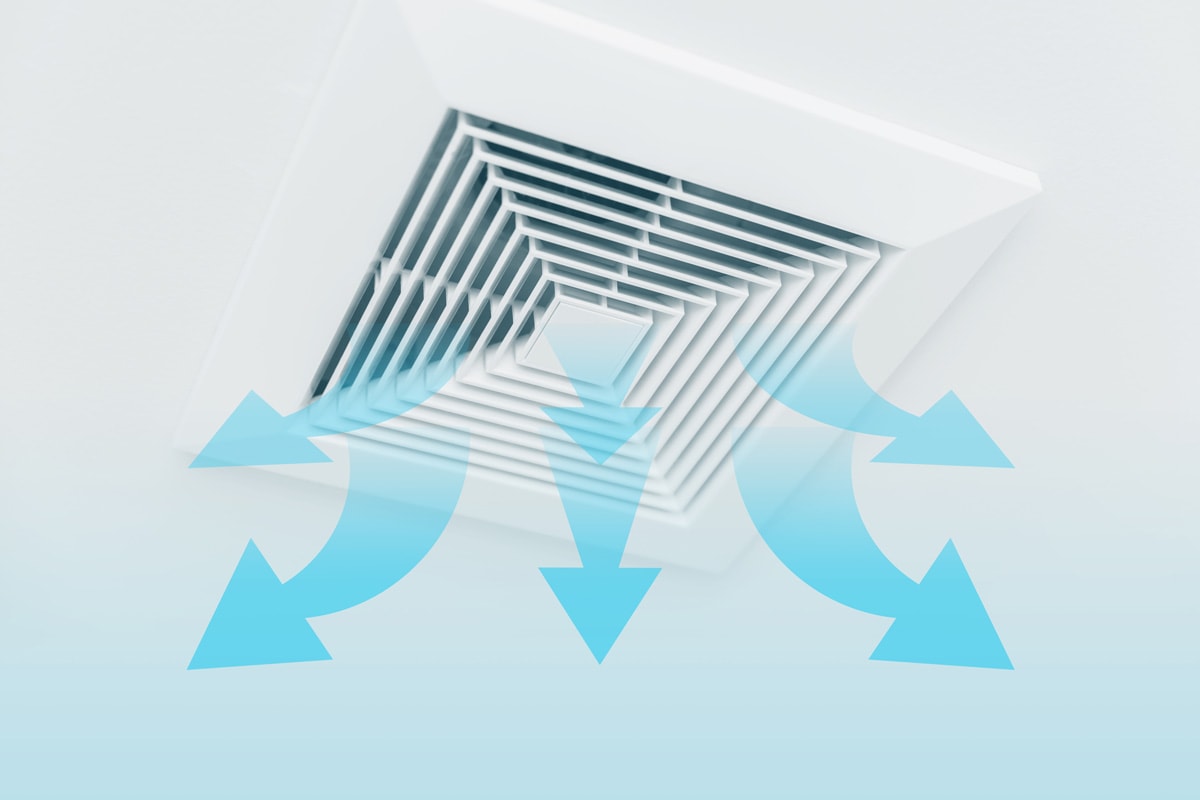
It is also essential to choose a fan with a CFM rating that matches the size of your bathroom. Additionally, check that the fan is compatible with gable vent installation.
4. Install The Bathroom Fan
Follow the manufacturer's instructions to install the bathroom fan in the ceiling of your bathroom. Typically, this will involve cutting a hole in the ceiling, inserting the fan, and securing it in place. The fan should be centered over the bathroom and at least 7 feet above the floor.
5. Connect The Vent Duct
Connect the vent duct to the fan, ensuring it is securely attached. The duct should be made of aluminum or another durable material and should be at least 4 inches in diameter.
It is important to avoid using plastic vent ducts, as they can become brittle over time and crack. Then, run the duct through the ceiling, wall, and out the gable vent. Be sure to use vent duct tape to seal all joints and connections.
6. Install The Vent Cover
Install a vent cover on the gable vent to prevent debris and animals from entering the ductwork. The vent cover should be securely attached to the gable vent and made of a durable material that can withstand weather and the elements.
7. Test The Fan
Turn on the fan to ensure it is operating correctly and venting air outside. Check to ensure that air is flowing freely through the vent duct and that there are no leaks or obstructions in the duct.
To help you visualize these processes, please watch this YouTube video:
What Are The Benefits Of Venting A Bathroom Fan Through A Gable Vent?
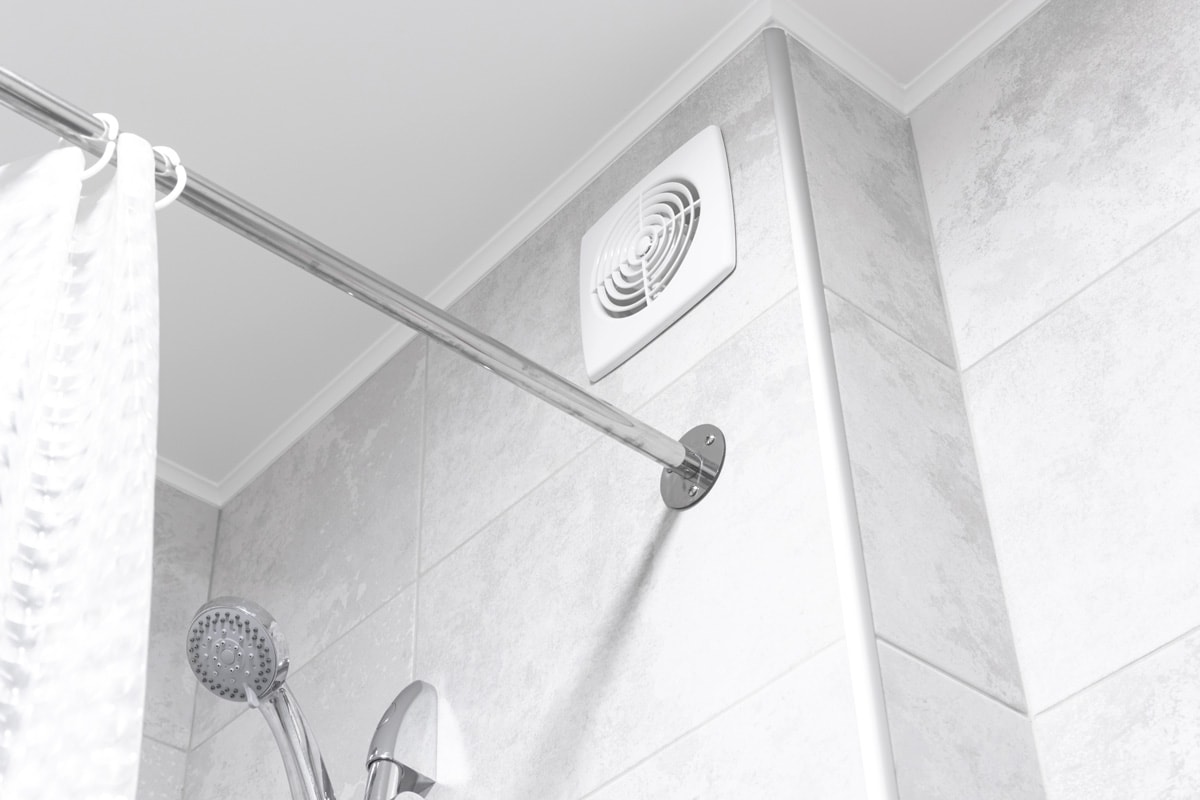
By using a gable vent to ventilate their bathroom fan, homeowners can ensure they get the most out of their ventilation system and reap its many benefits. Here are some of the benefits that homeowners can enjoy when they opt for this type of ventilation:
Improved Indoor Air Quality
One of the most significant benefits of venting a bathroom fan through a gable vent is improving indoor air quality.
Bathrooms tend to become very humid, and if moisture accumulates, it can cause the growth of mold and mildew. These can result in respiratory problems and other health concerns.
By venting the bathroom fan through a gable vent, you can remove the excess moisture from the bathroom, preventing mold and mildew growth and improving the air quality in your home.
Increased Comfort
Venting a bathroom fan through a gable vent can also help increase your comfort level. An adequately ventilated bathroom can reduce humidity levels, making it more comfortable to use the bathroom, especially during hot and humid weather.
Protection Of The Bathroom
Proper ventilation of the bathroom also protects it from damage. Excess moisture can damage bathroom fixtures, including the walls, ceiling, and flooring.
By venting the bathroom fan through a gable vent, you can prevent moisture buildup, preserving the bathroom fixtures and ensuring they last longer.
Lower Energy Bills

Venting a bathroom fan through a gable vent can also help to lower your energy bills. Using the bathroom fan removes the hot, moist air from your bathroom, reducing the need for air conditioning during the summer months. This, in turn, reduces your energy bills.
Easy Installation
Venting a bathroom fan through a gable vent is relatively easy to install. All you need is a gable vent, ductwork, and the bathroom fan. You do not need to install a separate roof vent or go through the attic, making it a more straightforward and cost-effective solution for homeowners.
Enhanced Aesthetics
Venting a bathroom fan through a gable vent can also enhance the aesthetics of your home. Gable vents come in various shapes, sizes, and styles, allowing you to choose one that complements the architectural design of your home. This can improve the overall appearance of your home and increase its value.
Is It Better To Vent the Bathroom Fan Through the Roof Or Wall?
Both roof and wall venting options for a bathroom fan have advantages and disadvantages, and the best choice will depend on your situation.
Venting through the roof is generally considered the most effective option since it allows the fan to expel moisture and odors directly outside, away from the living space. Additionally, roof vents tend to be more weather-resistant than wall vents and can also be installed to prevent backdrafts.

However, venting through the roof can be more difficult and expensive than venting through a wall, especially if your bathroom is far from the roofline or if obstructions such as attic insulation or wiring need to be navigated around.
Venting through the wall can be more straightforward and cost-effective, mainly if the bathroom is close to an exterior wall. However, wall vents can be more prone to backdrafts, especially in windy or turbulent conditions.
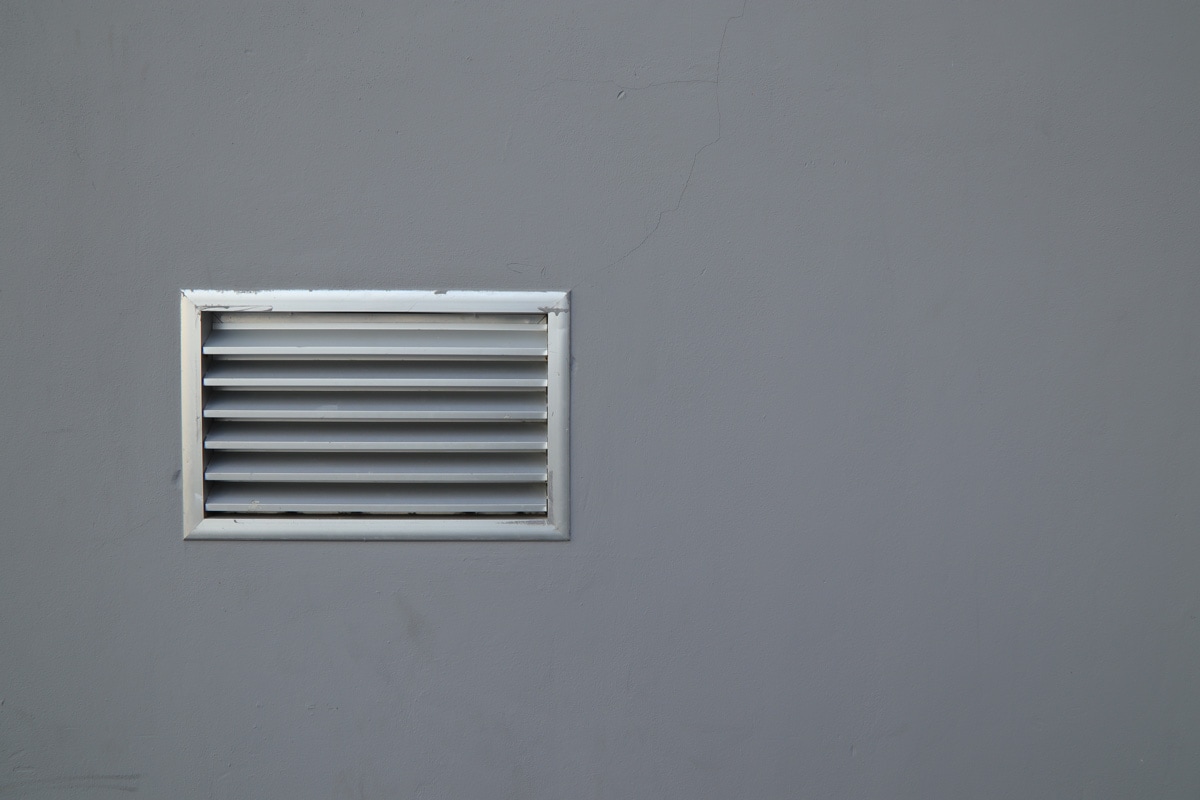
Additionally, wall vents may not be as effective at expelling moisture and odors if installed too close to the ground or if the prevailing winds blow them back toward the house.
Conclusion

Although it's feasible to vent a bathroom fan through a gable vent, weighing all factors and considering your specific circumstances before deciding is crucial. If you need more clarification about the best option for your case, seeking the guidance and advice of a professional contractor may be worthwhile.
We invite you to take a few minutes to explore the wealth of knowledge that awaits you below:
